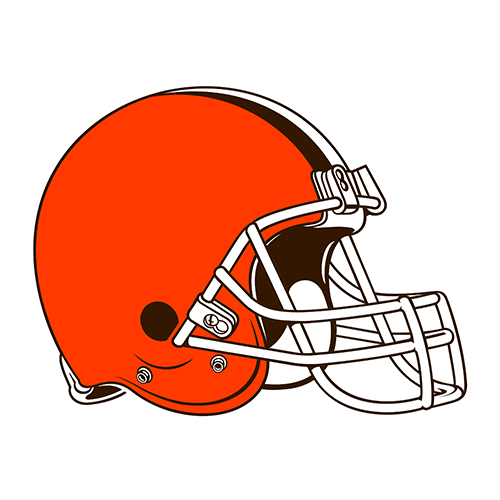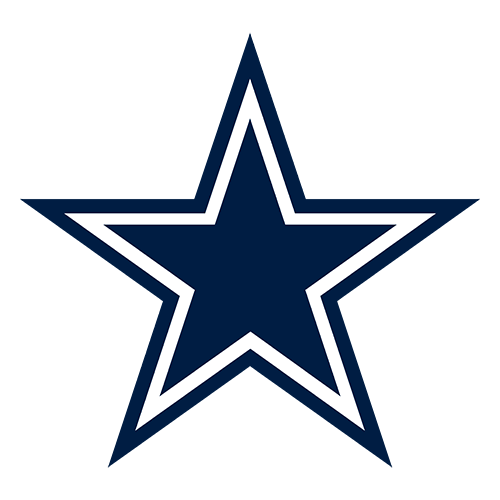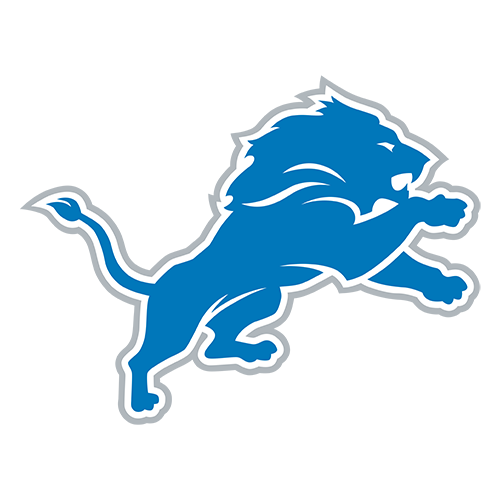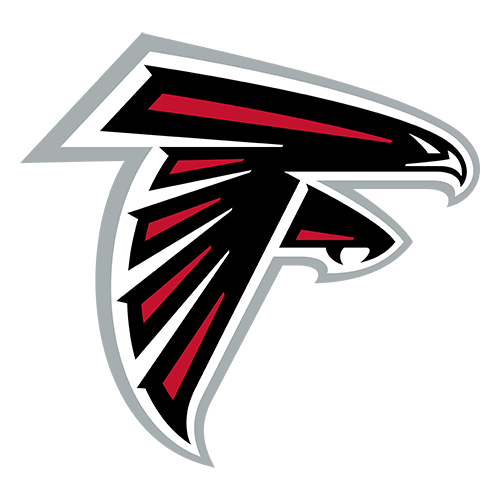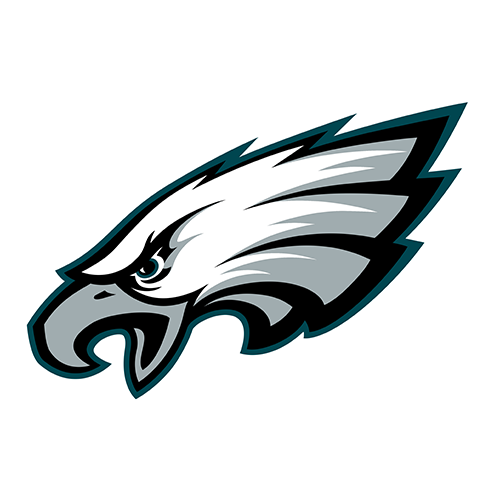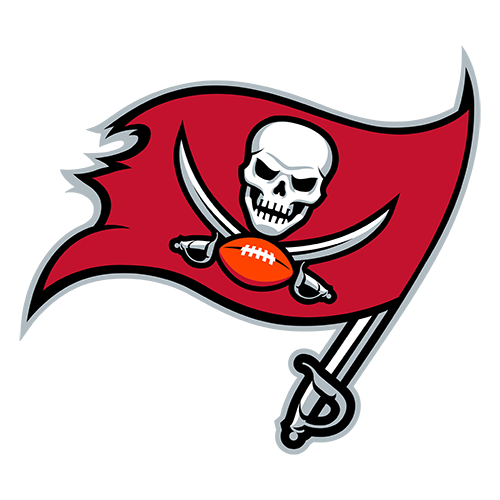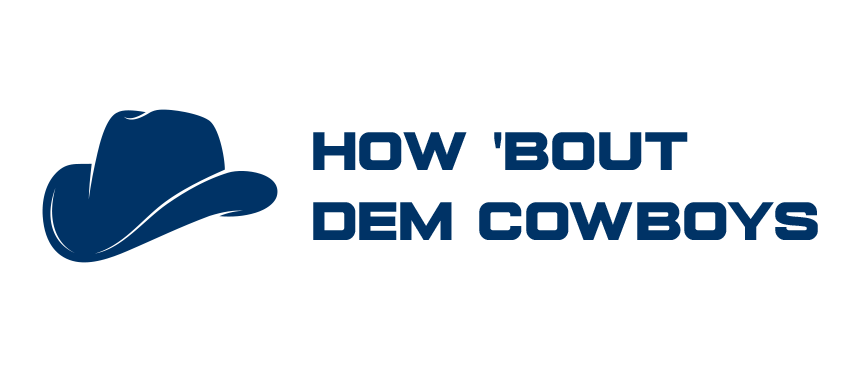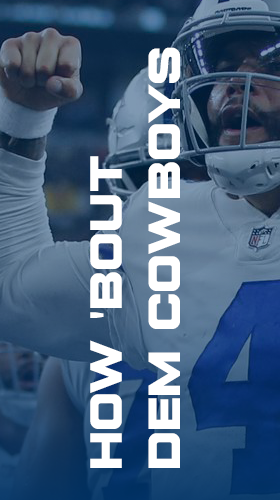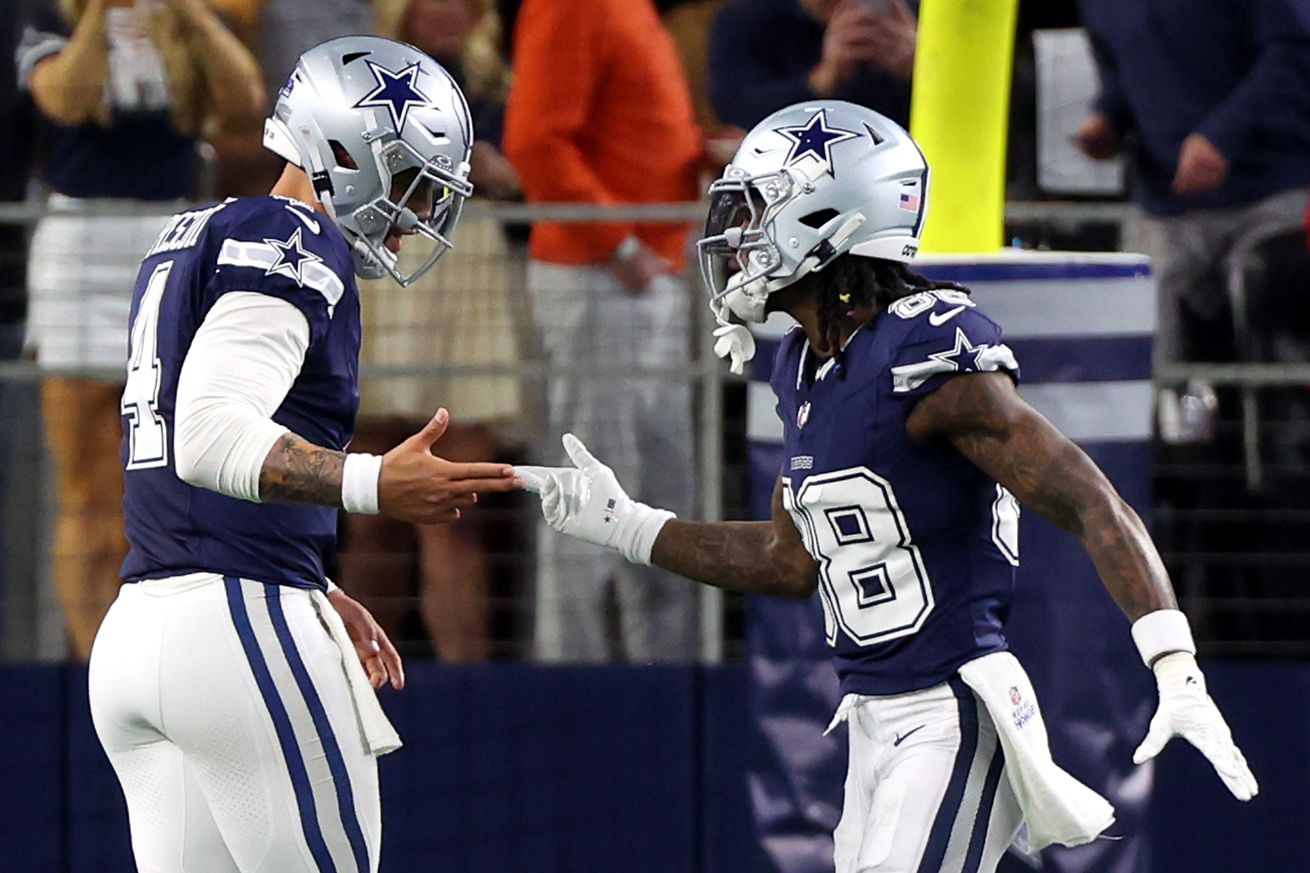
It can be irritating at times, but the Cowboys have a strong track record of keeping their star players.
Jerry Jones is something else. As a fan who had a front row seat to the madness that he brought to the Dallas Cowboys in the post-Jimmy Johnson era, he’ll never get a Christmas card from yours truly. That’s because there was a point in time when Jones was a legit meddler, having his hands in all sorts of football operation decisions. Whether it was poor drafting, bad trades, or misuse of cap resources in free agency, the Cowboys’ front office used to be really bad.
Used to be.
Those past actions are why some fans (growing fewer by the day) still have a little more tolerance of what’s going on right now. That’s because the group that is the front office is much different now. Stephen Jones and Will McClay have stronger voices, and there are several individuals, unbeknownst to us, who make up the team’s scouting department. All of them collectively are responsible for deciding who gets drafted, which players to trade for, and who is worthy of the free agent budget they have allocated. This group we speak of, not Jerry Jones, is pretty good at building a roster.
Roster quality aside, it’s still annoying to go through this rigmarole of dragged-out contract negotiations every single year. While it’s no fun to sit through, the net result is always the same – the Cowboys keep the players they want. It’s really that simple. The only thing we might add is that their definition of “want” falls into a window of what they’re willing to pay. They may have “wanted” to keep Tony Pollard, but not for the price he was getting on the open market.
The delineation of who stays and who goes is something we endure every offseason. And now, we’re sitting right in the middle of a hornet’s nest that is the Micah Parsons contract saga, wondering if the team might not retain one of its best players. That is crazy. While we may feel a certain way about it as the drama unfolds, when the dust settles, the Cowboys end up on the right side of things more often than not. Looking over the last 10 years, here are some frustrating departures and how they ultimately turned out.
Moving on from Tony Romo
This was a tough pill to swallow as the Romo faithful didn’t want to see him go, but clearly, Father Time was not in his corner. After repeated years where he couldn’t stay healthy, the Cowboys were fortunate to have drafted Dak Prescott at the most opportune time. Some still would have preferred to ride or die with Romo in 2016, but regardless, moving on from him turned out to be the right move.
Romo never played another down of football after his final season with the Cowboys. Instead, the Prescott era continued as the Cowboys were fortunate to transition from one lovable quarterback who dazzles but also comes up short in big moments, to another.
Letting Byron Jones walk
The UConn defensive back was an athletic player, and despite the coaching staff struggling to find out where to play him, he did a good job roaming the Cowboys’ secondary for five seasons. After wasting away at safety for three years, the team moved him to cornerback, and he immediately excelled, putting together an All-Pro season. Oddly, the Cowboys scored Jones for a cheaper fifth-year option price (because he was formerly a safety), but then let him walk.
This decision was met with a lot of criticism, but the Cowboys knew what they had in him. He was good, but wasn’t a shutdown corner worthy of the money the Miami Dolphins threw at him. The Cowboys collected their compensatory pick while the Dolphins soon had buyer’s remorse as Jones was cut loose after just two seasons. What looked like a front office mistake was actually a smart decision.
Trading Amari Cooper
As someone who wasn’t happy when the team parted ways with Cooper, this one isn’t fun to defend. Cooper was a good receiver and put together two straight 1,000-yard seasons in Cleveland after he was traded from the Cowboys. While this remains a questionable decision, you can at least see the Cowboys’ rationale for doing it. They wanted to spend their $20 million in cap resources elsewhere, as they had an eventual 1,700-yard receiver on their roster in CeeDee Lamb.
And then there is always the mistaken perception that the Cowboys should have gotten more than just a fifth-round pick for him. That would have been nice, but it was never going to happen. That was Cooper’s draft value when also taking on his contract. If he were worth more, another team would have paid it, but none of the 30 other teams felt compelled to give more. The Cowboys’ mistake wasn’t giving up Cooper, and it certainly wasn’t giving him up for just a fifth. Their mistake was not having an adequate replacement.
The Randy Gregory Debacle
Never have fans been so upset with a failed contract negotiation as they were when a deal was reported to be done with edge rusher Randy Gregory, only to learn that he had signed with the Denver Broncos hours later. What a crazy sequence. Reports were that the Cowboys tried to be sneaky sneakertons and insert contract language that would void his guarantees if he was fined or suspended. Gregory took offense and became the first player to take a stand against the front office’s controlling ways. In the end, it was the Cowboys who got the last laugh.
Gregory got into a fight during a game and did get fined (suspension was overruled), but the Broncos didn’t have the protection the Cowboys asked for. They shelled out $26.3 million for a player who did next to nothing for them. Ironically, the Joneses’ controlling ways helped them dodge a bullet.
Saying goodbye to Tyron Smith
The writing had been on the wall for a while as the veteran left tackle struggled mightily to stay on the field. Moving on from Smith was necessary. Strangely, the Cowboys decided to finally cut the cord after his healthiest season over the past four years, and he even earned All-Pro honors for the first time since 2016. His last year in Dallas was managed very effectively, both in terms of resting him at times as well as signing him to a contract with incentives based on playing time. It worked out so well that people wanted them to do it again the following season.
The Cowboys ultimately decided the time had come and parted ways with Smith in hopes of replacing him in what was a deep draft class of offensive tackles. Smith signed with the New York Jets, where he missed seven games, and when he was on the field, he wasn’t all that great. Finally, the team jumped ship at the right time rather than being a year too late, but it wasn’t without criticism when the decision was first made.
At the end of the day…
All of these moves were heavily criticized in real time. All five of these guys play the “money five” premium positions in the NFL, and in most cases, the team had a better option in their back pocket. Prescott, Lamb, and soon Parsons will make up the Cowboys’ top three paid players, and they were all factors when the team decided to move on from these other guys.
When criticizing the front office, we should try to remember that the Cowboys aren’t in the business of letting their stars get away. When was the last time you were genuinely upset about a player leaving, and how long did you stay upset? But more than that, we should also take comfort in the fact that these drama-filled contract negotiations take place because the Cowboys keep drafting star talent. That’s a good problem to have.
